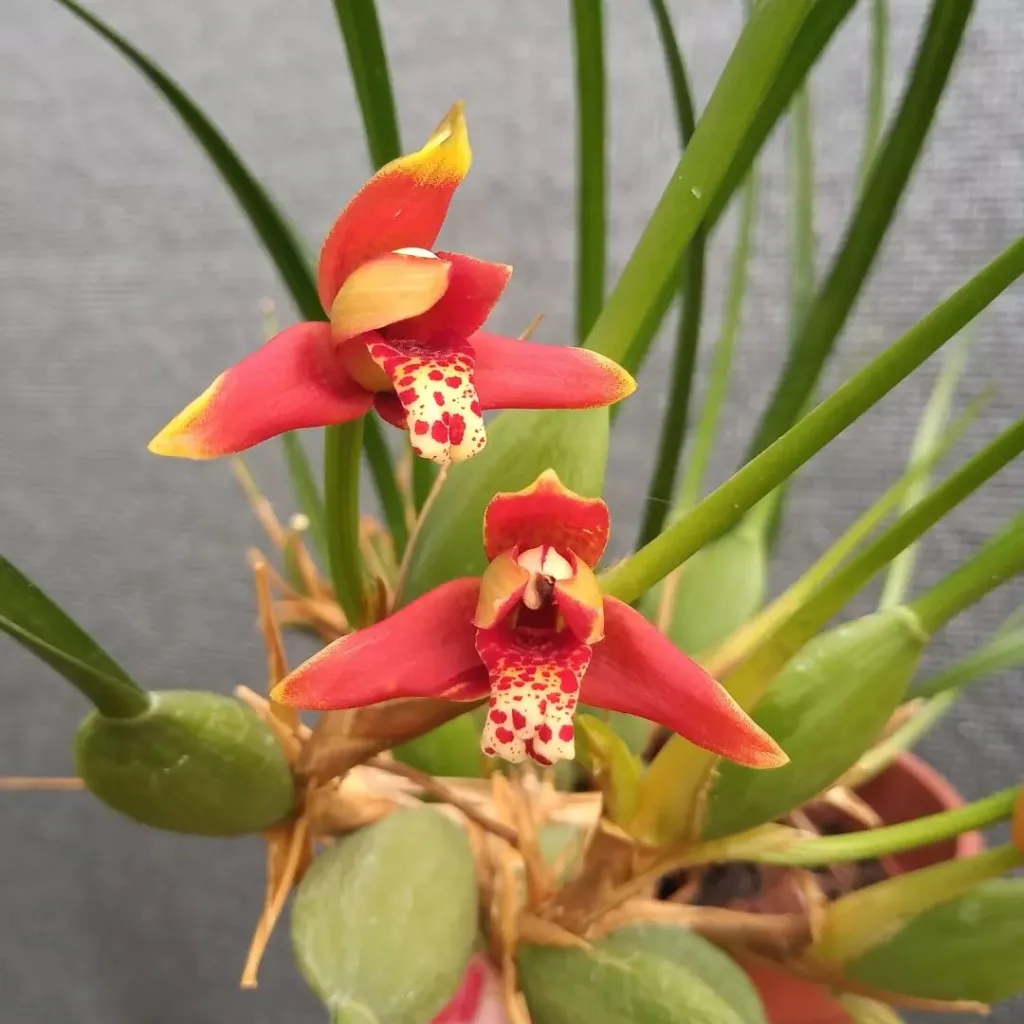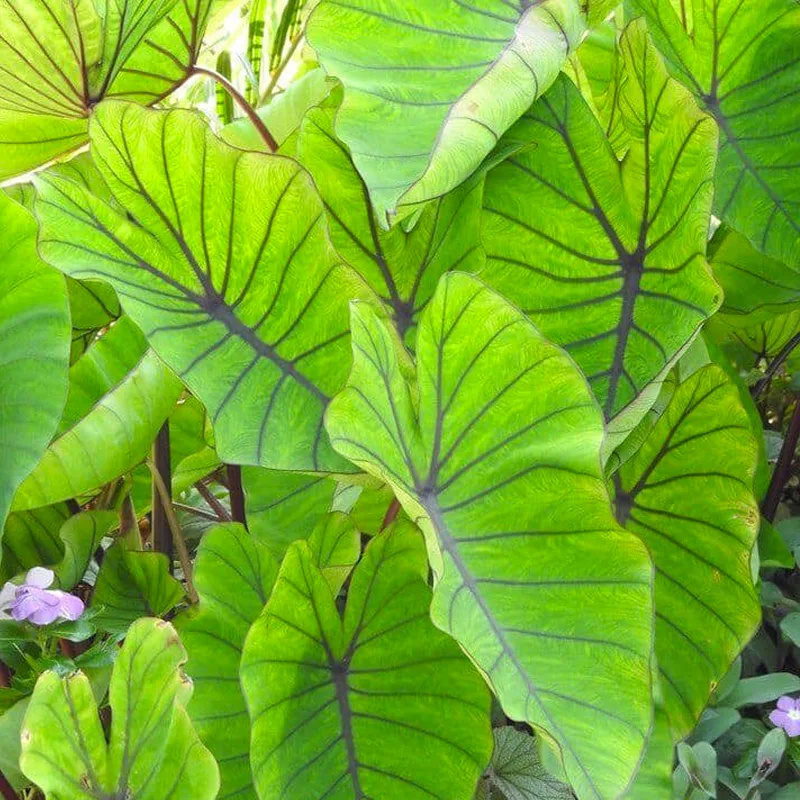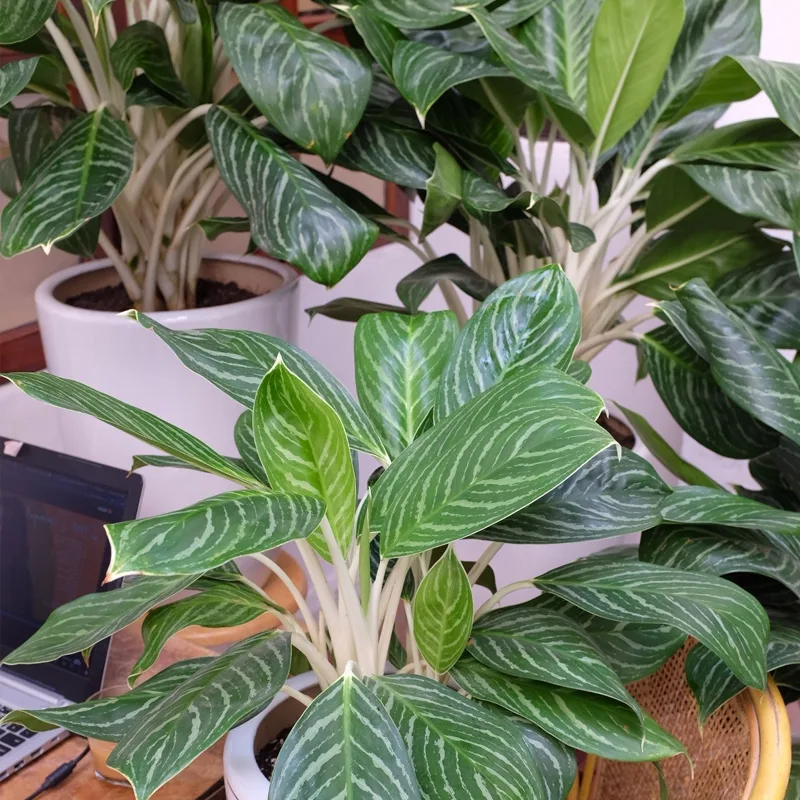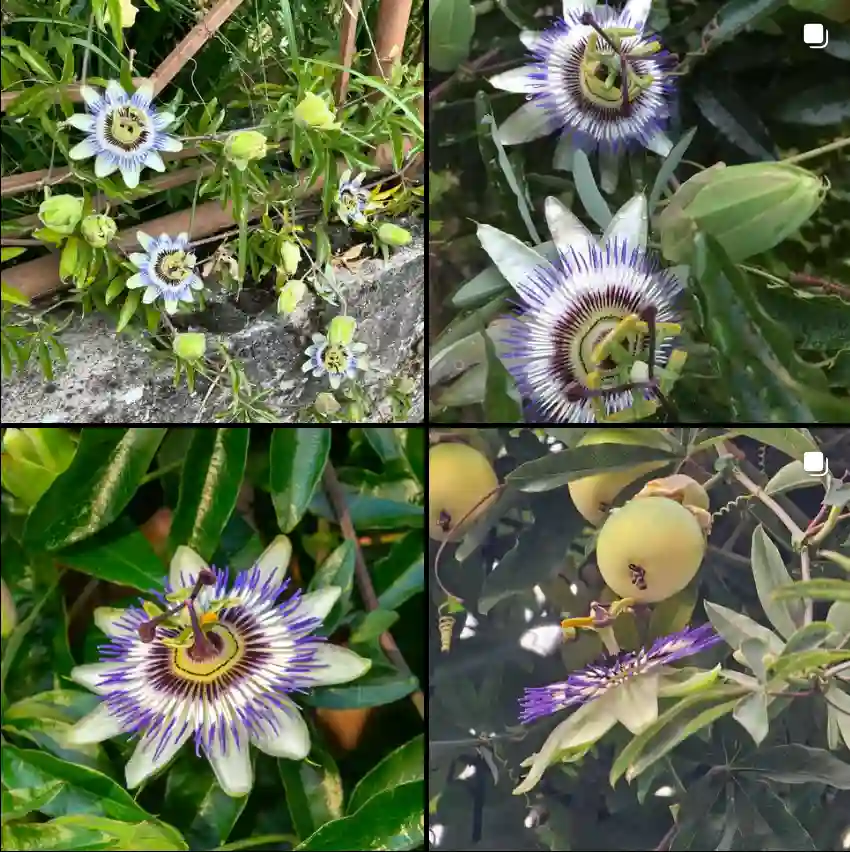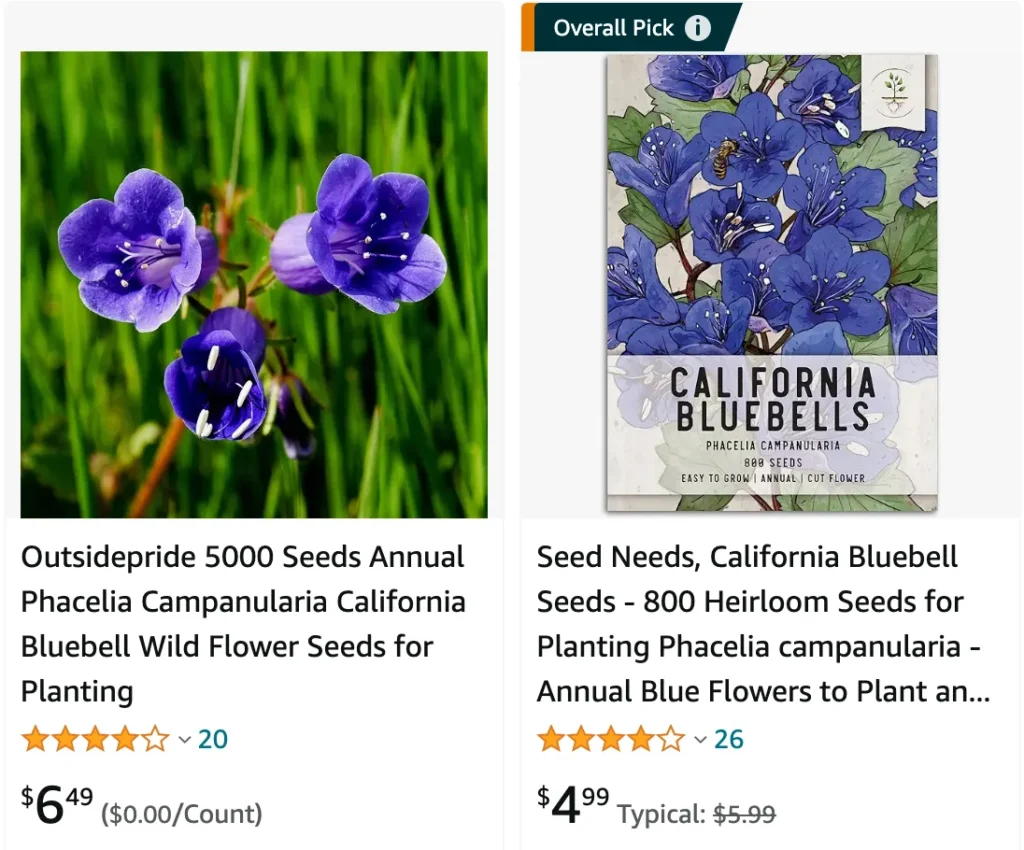
Unveiling the Beauty of Phacelia Campanularia
Hello, fellow plant enthusiasts! I’m Ferb Vu, and today I’m excited to delve into the wonderful world of Phacelia campanularia, a stunning wildflower that has captured the hearts of many with its delicate blooms and easygoing nature.
209 Species in Genus Phacelia
What is Phacelia Campanularia?
Phacelia campanularia, commonly known as Desert Bluebell or California Bluebell, is a charming annual wildflower native to the southwestern United States and parts of Mexico. With its bell-shaped blooms in varying shades of blue and purple, it adds a pop of color to any garden or landscape.
How to Grow Phacelia Campanularia?
Now, let’s talk about the exciting part: growing your own Phacelia campanularia! Here’s a step-by-step guide to help you cultivate these beautiful blooms in your garden:
1. Choose the Right Location
- Phacelia campanularia thrives in full sun but can tolerate some light shade.
- Ensure well-draining soil to prevent waterlogging, as this can cause root rot.
2. Sow the Seeds
- Directly sow seeds into the prepared soil after the danger of frost has passed.
- Gently press the seeds into the soil surface, as they require light to germinate.
3. Watering
- Keep the soil consistently moist but not waterlogged during the germination period.
- Once established, Phacelia campanularia is drought tolerant and requires minimal watering.
4. Maintenance
- Remove weeds regularly to prevent competition for nutrients and water.
- Deadhead spent blooms to encourage continuous flowering throughout the season.
5. Enjoy the Blooms
- Sit back, relax, and enjoy the beautiful display of Phacelia campanularia blooms in your garden!
How to Care for Phacelia Campanularia?
Caring for Phacelia campanularia is relatively low-maintenance, making it an excellent choice for both novice and experienced gardeners. Here are some tips to ensure your plants thrive:
1. Soil
- Ensure well-draining soil to prevent waterlogging, which can lead to root rot.
- Incorporate organic matter, such as compost, to improve soil structure and fertility.
2. Watering
- Phacelia campanularia is drought tolerant once established but benefits from occasional watering during prolonged dry spells.
- Avoid overwatering, as this can cause root rot and other moisture-related issues.
3. Fertilization
- Minimal fertilization is required for Phacelia campanularia, as excessive nutrients can encourage lush foliage at the expense of blooms.
- If desired, apply a balanced, water-soluble fertilizer sparingly during the growing season.
4. Pest and Disease Control
- Phacelia campanularia is relatively pest and disease resistant, but occasional pests such as aphids or spider mites may appear.
- Monitor plants regularly and address any pest or disease issues promptly to prevent widespread damage.
How to Propagate Phacelia Campanularia?
While Phacelia campanularia primarily reproduces via seed, it can also be propagated through division. Here’s how:
1. Seed Propagation
- Collect seeds from mature plants once the seed pods have dried and begun to split.
- Store seeds in a cool, dry place until ready to sow in the following growing season.
2. Division
- Divide established clumps of Phacelia campanularia in early spring or fall.
- Carefully separate the root ball into smaller sections, ensuring each division has sufficient roots and foliage.
What to Plant with Phacelia Campanularia?
Phacelia campanularia pairs beautifully with a variety of companion plants, enhancing its visual appeal and ecological benefits. Consider planting it alongside:
1. California Poppy (Eschscholzia californica)
- Create a stunning display of vibrant colors with the complementary hues of California poppies.
2. Desert Marigold (Baileya multiradiata)
- Add a touch of golden yellow to your garden with the cheerful blooms of desert marigolds.
3. Desert Lupine (Lupinus sparsiflorus)
- Enhance the texture and structure of your garden with the upright spikes of desert lupine.
With its captivating blooms and easygoing nature, Phacelia campanularia is sure to become a favorite addition to your garden. Whether you’re a seasoned gardener or just starting out, this charming wildflower is a must-have for any landscape. Happy gardening!
If i die, water my plants!
